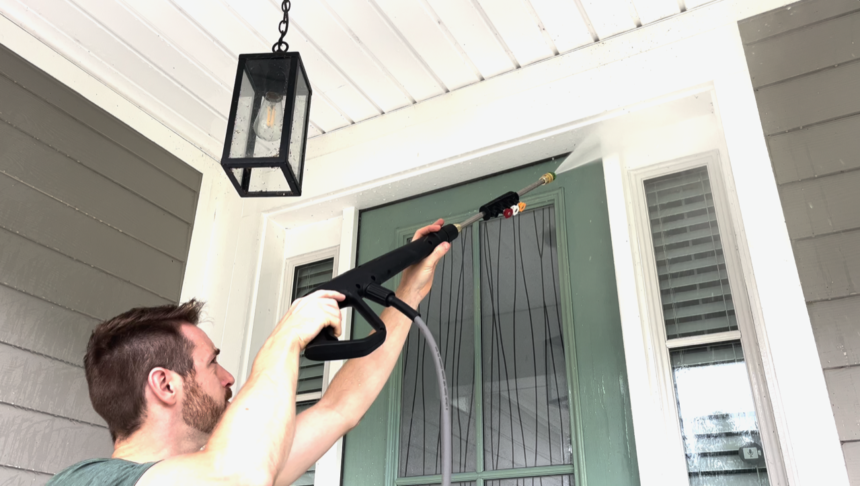When it comes to home design, the exterior wall finish is a crucial component that impacts both aesthetics and functionality. From cladding to painting, various options offer unique benefits and styles. Here’s a comprehensive look at some popular exterior wall finishes to help you choose the right one for your home.
Wall Cladding: Durability Meets Style
Wall cladding is favoured by many homeowners for its combination of durability and aesthetic appeal. This finish involves affixing a layer of material to the exterior walls of a building, offering protection from the elements while also enhancing insulation. Some of the most common materials used for cladding include:
- Wood: Offering a natural and warm appearance, wood cladding can add character to any home. However, it requires regular maintenance to prevent issues such as rot and warping. A wood effect plastic composite is an excellent cladding option, offering the natural look of wood with the low-maintenance benefits of durable synthetic materials.
- Vinyl: Vinyl cladding is low-maintenance and resistant to moisture and pests. Available in a range of colours and styles, it’s a versatile option for various home designs.
- Metal: Metals like aluminium and steel provide a sleek, modern look and excellent durability. They’re resistant to fire and pests but can be prone to denting.
Each cladding material has its own set of advantages and considerations, so it’s essential to choose one that aligns with your aesthetic preferences and maintenance capacity.
Render: Classic and Versatile
Render is a traditional finish that’s been used for centuries, renowned for its classic look and versatility. Composed of a mix of cement, sand, and lime, render is applied in layers to create a textured surface. It offers several benefits:
- Durability: Render is resistant to fire, rot, and pests, making it a long-lasting choice.
- Energy Efficiency: Its insulating properties can help to regulate indoor temperatures, reducing energy costs.
- Customisation: Render can be tinted and textured in various ways, providing a wide range of aesthetic options.
While stucco is relatively low maintenance, it may require occasional repairs if cracks develop, especially in areas with significant temperature fluctuations.
Brick: Timeless and Robust
Brick is a classic choice for exterior walls, known for its timeless appeal and robust nature. Brick walls offer several advantages:
- Longevity: With proper care, brick can last for decades or even centuries, making it a long-term investment.
- Low Maintenance: Bricks require minimal upkeep and are resistant to weathering and pests.
- Insulation: Brick provides excellent thermal mass, helping to keep homes cool in summer and warm in winter.
However, brick can be more expensive to install compared to other finishes, and it may require repointing over time to maintain its structural integrity.
Paint: Affordable and Flexible
Painting is one of the most cost-effective ways to finish exterior walls and offers unmatched flexibility. A fresh coat of paint can completely transform the appearance of your home. Key benefits include:
- Wide Range of Colours: Paint allows for an extensive selection of colours and finishes, from matte to gloss.
- Affordability: Compared to other finishes, painting is relatively inexpensive and can be a DIY project.
- Easy Updates: Changing the colour or refreshing the paint is straightforward, making it simple to update your home’s appearance.
While painting is economical, it may require more frequent touch-ups and maintenance compared to more durable finishes.
Conclusion
Choosing the right exterior wall finish involves balancing aesthetics, durability, and maintenance. Whether you opt for the classic charm of brick, the versatility of render, the modern appeal of cladding, or the flexibility of paint, each finish offers distinct benefits that can enhance the look and performance of your home. Consider your climate, budget, and design preferences to select the best option for your needs.


